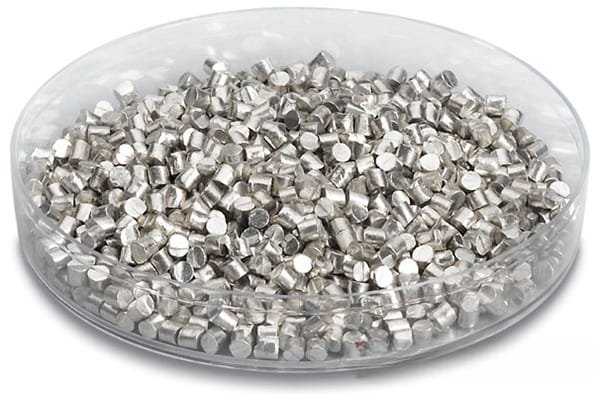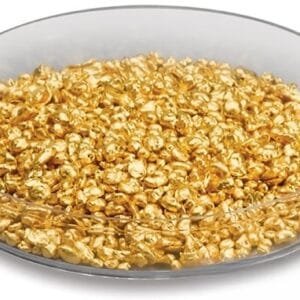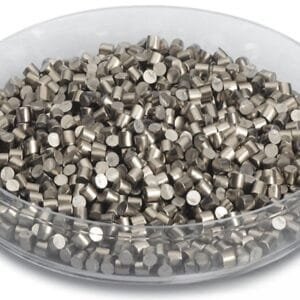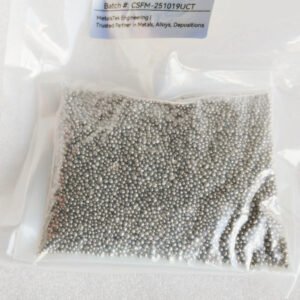Indium Evaporation Materials Description
Indium is an exceptionally soft, silvery-white metal distinguished by its high ductility and bright luster. Although relatively rare, it is typically found as a flawless single crystal without internal pores. Indium’s versatility is evident in its wide range of applications, including Indium Tin Oxide (ITO) films, electronic soldering, sealing elements for low-temperature and vacuum environments, solubility anodes, and control rods in nuclear reactors.
High-purity indium evaporation materials are crucial for achieving optimal results in deposition processes, leading to the production of high-quality films. TFM specializes in producing indium evaporation materials with purity levels reaching up to 99.999%. Our stringent quality control measures ensure that every product adheres to the highest standards of reliability and performance.

Indium Evaporation Materials Specification
| Material Type | Indium |
| Symbol | In |
| Color/Appearance | Silvery Lustrous Gray, Metallic |
| Melting Point | 157 °C |
| Type of Bond | Elastomer |
| Density | 7.3 g/cc |
| Thermal Conductivity | 82 W/m.K |
| Coefficient of Thermal Expansion | 32.1 x 10-6/K |
| Synonyms | In Pellets, In Pieces, In Evaporation Pellet, Indium Pellets, Indium Pieces, Indium Evaporation Pellet |
Indium Evaporation Materials Application
Indium Evaporation Materials Packaging
We meticulously manage our indium evaporation materials to prevent any damage during storage and transportation, ensuring that their quality is upheld and their original condition is preserved.
Ordering Table
| Material | Size | Quantity | Purity | Part Number |
| Hafnium Oxide | 10 - 12 mm Dia. x 4 - 5mm thick | 25 g | 99.9% | EVMHFO2TABA |
| Hafnium Oxide | 10 - 12 mm Dia. x 4 - 5mm thick | 50 g | 99.9% | EVMHFO2TABB |
| Hafnium Oxide | 10 - 12 mm Dia. x 4 - 5mm thick | 100 g | 99.9% | EVMHFO2TABD |
| Hafnium Oxide | 10 - 12 mm Dia. x 4 - 5mm thick | 1 kg | 99.9% | EVMHFO2TABKG |
| Hafnium Oxide | 10 - 12 mm Dia. x 4 - 5mm thick | 500 g | 99.9% | EVMHFO2TABT |
| Hafnium Oxide | 1mm - 3mm Pieces | 50 g | 99.9% | EVMHFO21-3B |
| Hafnium Oxide | 1mm - 3mm Pieces | 100 g | 99.9% | EVMHFO21-3D |
| Hafnium Oxide | 1mm - 3mm Pieces | 200 g | 99.9% | EVMHFO21-3H |


 MSDS File
MSDS File



Reviews
There are no reviews yet.